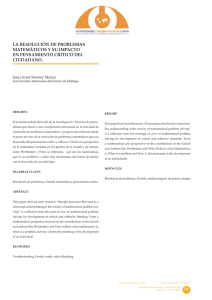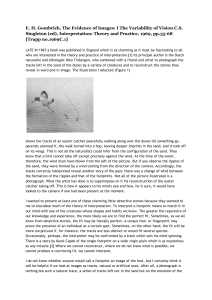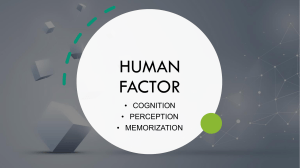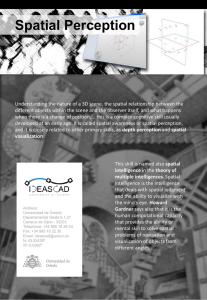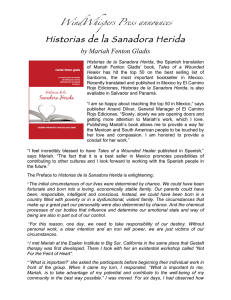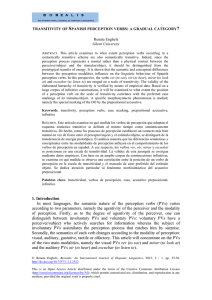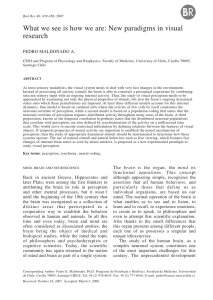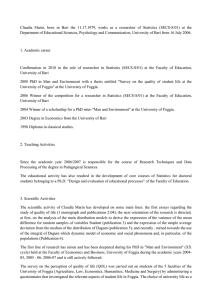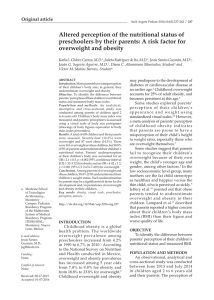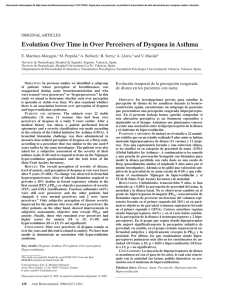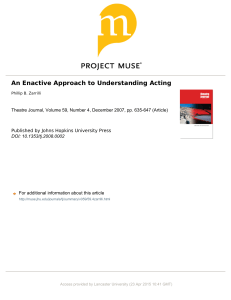Perception visual
Anuncio
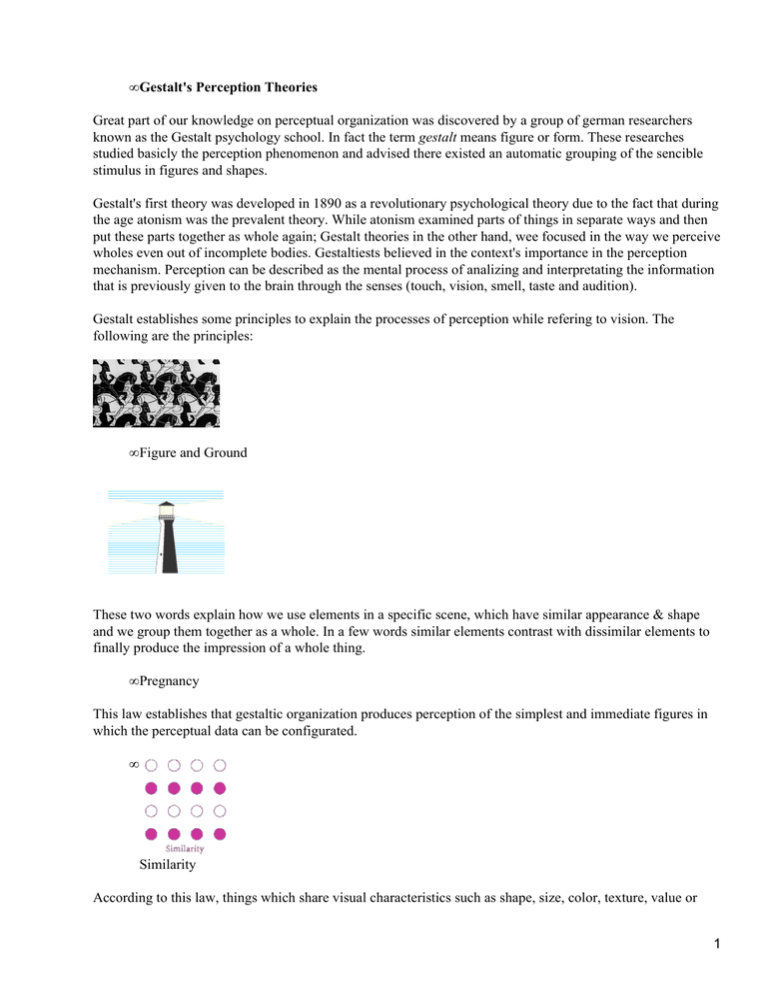
• Gestalt's Perception Theories Great part of our knowledge on perceptual organization was discovered by a group of german researchers known as the Gestalt psychology school. In fact the term gestalt means figure or form. These researches studied basicly the perception phenomenon and advised there existed an automatic grouping of the sencible stimulus in figures and shapes. Gestalt's first theory was developed in 1890 as a revolutionary psychological theory due to the fact that during the age atonism was the prevalent theory. While atonism examined parts of things in separate ways and then put these parts together as whole again; Gestalt theories in the other hand, wee focused in the way we perceive wholes even out of incomplete bodies. Gestaltiests believed in the context's importance in the perception mechanism. Perception can be described as the mental process of analizing and interpretating the information that is previously given to the brain through the senses (touch, vision, smell, taste and audition). Gestalt establishes some principles to explain the processes of perception while refering to vision. The following are the principles: • Figure and Ground These two words explain how we use elements in a specific scene, which have similar appearance & shape and we group them together as a whole. In a few words similar elements contrast with dissimilar elements to finally produce the impression of a whole thing. • Pregnancy This law establishes that gestaltic organization produces perception of the simplest and immediate figures in which the perceptual data can be configurated. • Similarity According to this law, things which share visual characteristics such as shape, size, color, texture, value or 1 orientation will be seen as belonging together in a group. • Closure or Good Continuity This one establishes that perception predicts the preference for continuous figures. • Proximity This law states that things that are closer together will be seen as belonging together. • Closure This principles is generally applied to perception of lines formed by points in a figure. For this law, lines tend to be grouped in straight lines or curved avoiding in any case abruptal changes or interruptions. This tendation of continuity completes and closes the simplest figures. In a few words, we tend to see complete figures even when part of the information is missing. Our minds react to patterns that are familiar, even though we often receive incomplete information. • Area This particular principle states that stimulus produced by tiny areas tned to preveal as a whole figure. 2 • Symmetry Figures tend to compound uniting areas and symmetrical sides. This produces that ground or figures preveals according to the strenght ans simplicity of the sides at the back or of the figure. • Orientation This law states that visual elements that are in horizontal and vertical planes tend to contribute to the organization of the figure. In conslusion, the Gestatiests advised that when we preceive a visual image we perceive a scene in which the atomic contents of preception such as lines, angles, shadows, colors, surface, etc., are presented perfectly arranged in groups or all of them gestaltic like objects, stones, trees, houses, etc. Each object is strongly preceived as a unitary group of lines, dots, colors, shadows, etc., that clearly distinguishes from the others. Gestaltiests thought that this powerful grouping systematization of the image in objects wasn't simply given by the figure but that it was a constructive performance of the visual system that shows up in gestalten the present contents into the retina. Thanks to all these principles and discoveries Gestaltiests have nowadays such a important place in psychology. • Bibliography • Mullet, K. & Sano, D. (1995). Designing visual interfaces: Communication oriented techniques. Englewood Cliffs, NJ: Prentice Hall. • Monserrat, Javier. (1998). La Percepción Visual. Madrid. Biblioteca Nueva. 3
